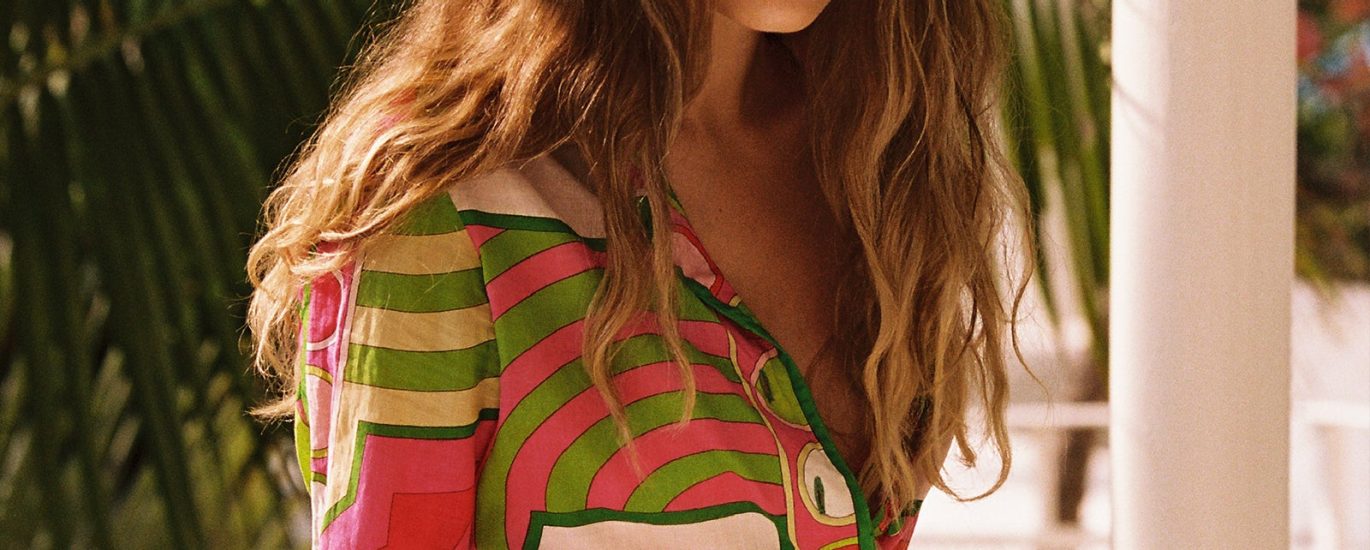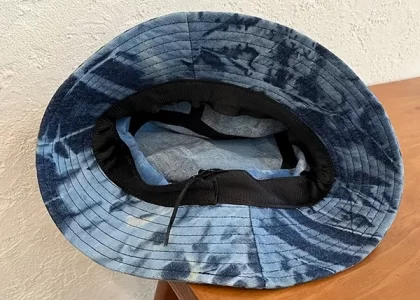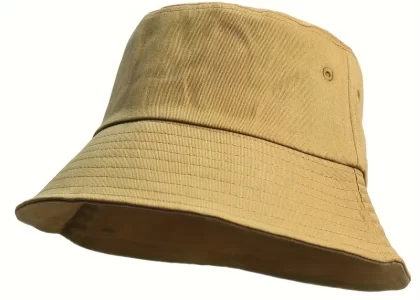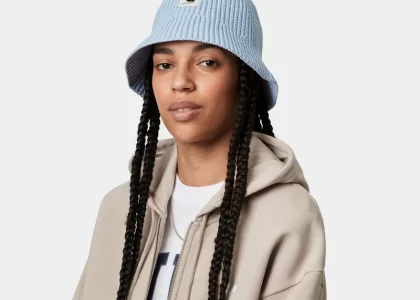I. The Rich History of the Fedora
Origins and Rise in Popularity
The fedora hat made its first notable appearance in the late 19th century, named after a play titled “Fédora” where the protagonist, played by Sarah Bernhardt, wore this now-iconic style of hat. Originally a female fashion staple, fedoras transitioned into men’s wardrobes in the early 20th century and became associated with a masculine sophistication. Through the Prohibition era and into the 1950s, fedoras became a symbol of class, often worn by business men and movie stars, which significantly contributed to its rise in popularity.
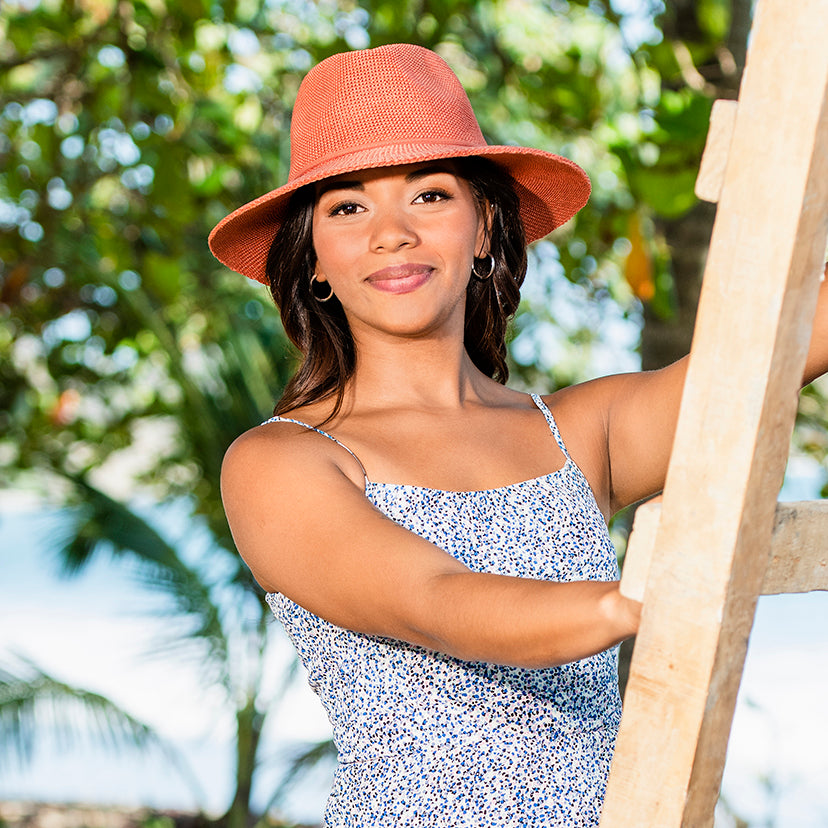
The Fedora’s Cultural Significance
Over the years, the hat has become entrenched in various pop culture and fashion movements, evolving beyond its classic beginnings to become a cultural icon. It has been reinvented time and again, donning the heads of film noir detectives, gangsters, jazz musicians, and later becoming a staple in the hipster subculture. The fedora’s enduring appeal lies in its classic design and its ability to convey an air of mystery and rebellion against conventional fashion norms.
The Fedora’s Decline and Resurgence
By the end of the 1960s, the fedora had largely fallen out of mainstream fashion due to a shift towards more casual dress styles and the rise of counter-cultural movements. However, it experienced a resurgence in the late 20th and early 21st centuries, as vintage fashion regained popularity and celebrities began incorporating it into their distinctive looks. Today, the fedora can be seen on catwalks, in street style, and across social media, signifying its successful comeback as a fashion accessory that transcends generational divides.
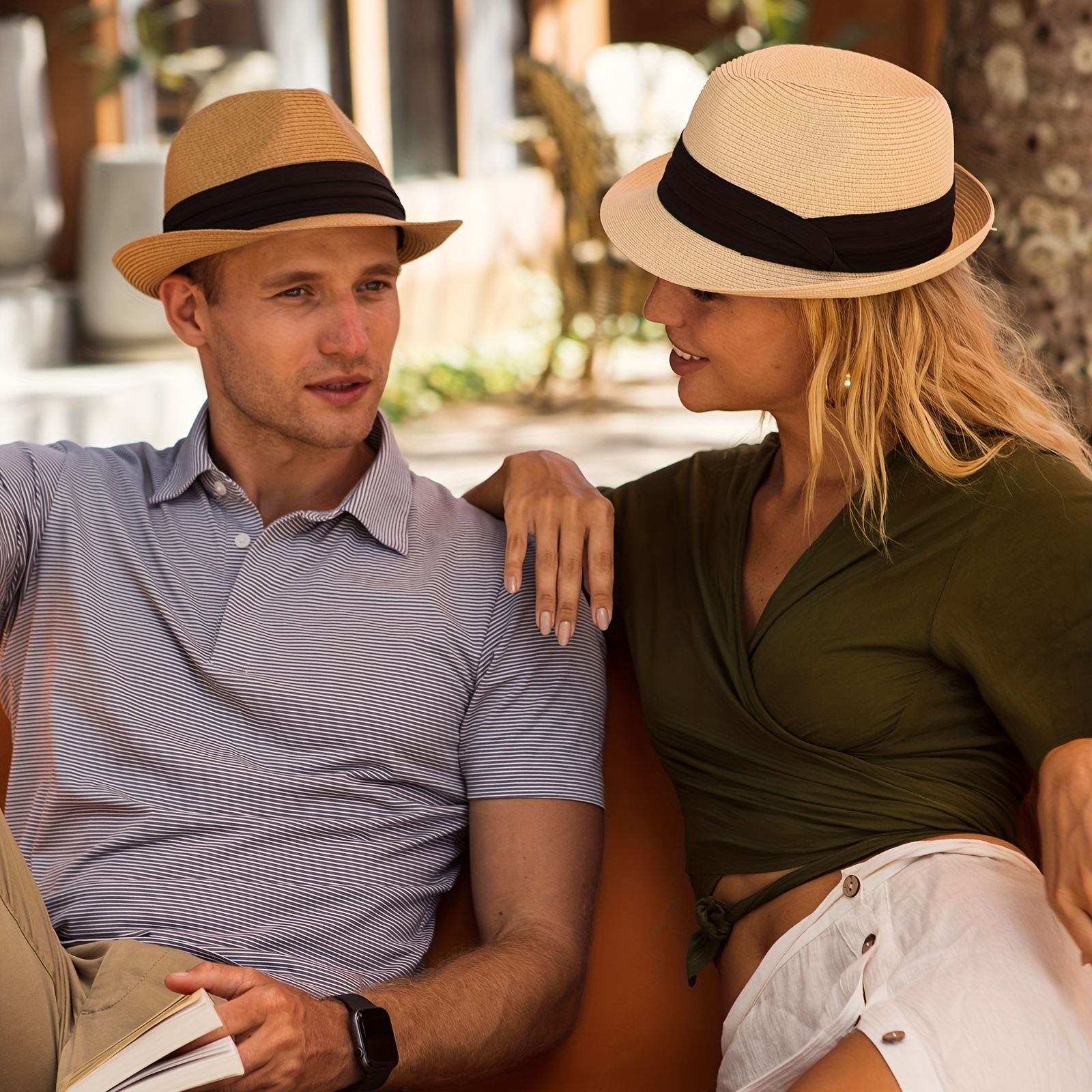
II. Fedora Hat Styles and How to Wear Them
The Classic and Contemporary Fedora
The classic fedora hat typically features a soft, wide brim, a creased crown, and a hatband around the base, but contemporary reinterpretations offer a vast array of styles and materials. Today, fedoras can be found in a variety of colors, brim widths, and materials such as wool, felt, straw, and even leather. Choices range from the traditional felt fedora worn in the fall and winter to lighter straw versions perfect for summer months. The variety available allows individuals to find a fedora that suits their personal style and the occasion.
Contemporary fedoras are available in an extensive array of styles, encompassing various brim widths, colors, and materials that cater to different sartorial preferences and seasonal demands. While the traditional felt fedora remains a quintessential choice for the colder months, lighter straw variations have gained popularity, offering a stylish and breathable option suited for the warmer summer months. Additionally, fedoras crafted from felt, wool, straw, and even leather provide a wide range of choices, enabling individuals to find a fedora that harmonizes with their personal style and complements the occasion at hand. This versatility ensures that the fedora remains a relevant and sought-after accessory that seamlessly transitions through different seasons and dress codes.
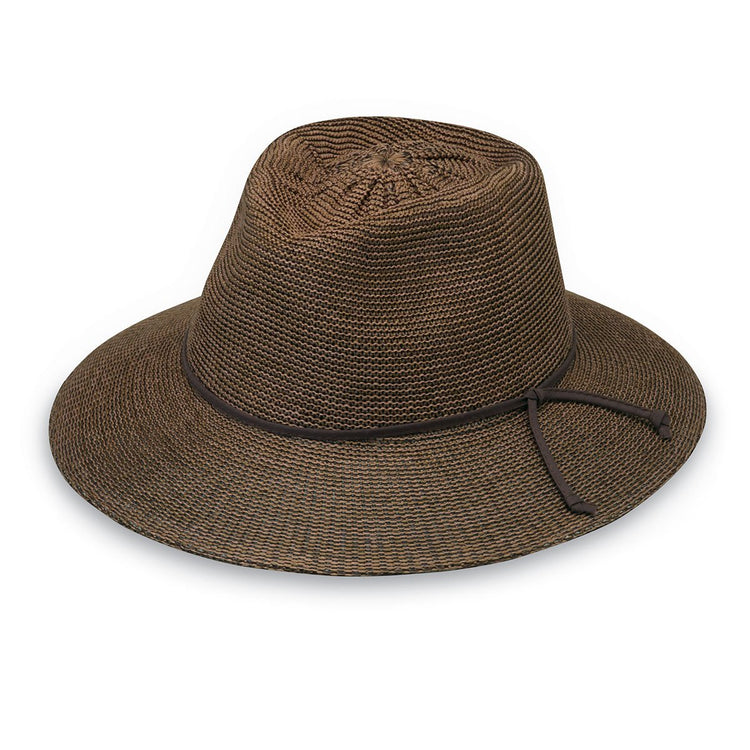
Styling Fedora Hats for Different Occasions
Styling a fedora hat depends on the occasion and the wearer’s personal style. For a classic, sophisticated look, pair a wool or felt fedora with a tailored suit or smart-casual attire. For women, a fedora can add an eclectic touch to a bohemian maxi dress or a structured element to an otherwise relaxed outfit. In contrast, a straw fedora pairs well with summer wear, providing both style and shade, making it ideal for beach outings, festivals, or casual daytime events.
The Importance of Fit and Proportion
When incorporating a fedora into one’s wardrobe, the importance of fit and proportion cannot be overstated. A well-fitting fedora should sit comfortably on the head without being too tight or too loose, and the brim should complement the wearer’s face shape. For individuals with rounder faces, a fedora with a wider brim can add balance, while those with elongated faces might choose narrower brims for a harmonious look. The key is to ensure the fedora enhances one’s features and complements the outfit rather than overwhelming it.

III. The Fedora Hat in Modern Fashion and Society
The Fedora as a Fashion Statement Piece
In modern fashion, the beautify hat has been embraced as a statement piece that can instantly elevate an outfit. It has the unique ability to add a touch of elegance or a bold fashion-forward edge, depending on how it is styled. Designers often feature fedora hats in their collections as a nod to timeless sophistication while also experimenting with unconventional materials and adornments, such as feathers, embroidery, or bold graphics.
Gender Fluidity and the Fedora Hat
The fedora hat’s journey from women’s wear to men’s staple and back to unisex accessory reflects evolving societal attitudes towards gender in fashion. Today, fedoras are worn by people of all genders as a celebration of individuality and self-expression. The hat’s design, no longer confined to traditional masculine or feminine aesthetics, has become a canvas for showcasing personal style regardless of gender norms.
Sustainability and Ethical Fashion in Fedora Production
As consumers become more environmentally conscious and interested in ethical fashion, fedora manufacturers are responding to the demand for sustainability. Artisans and brands are adopting practices such as using recycled materials, ensuring fair labor conditions, and promoting craftsmanship to create fedoras that align with contemporary values. This shift not only appeals to consumers’ sense of responsibility but also adds a narrative of mindfulness to the legacy of the fedora hat. These ethical production methods do not compromise on style or quality; instead, they add depth to the fedora’s story, enhancing its appeal to a generation that values the provenance and impact of their fashion choices.

The Future of the Fedora Hat in Fashion
As the fashion industry looks forward, the fedora hat is likely to continue adapting to changing trends and consumer preferences. Sustainable materials and technology may lead to innovative designs that retain the classic allure of the fedora while pushing the boundaries of its functionality and ecological footprint. Moreover, as the lines between formal and casual dress continue to blur, the fedora hat’s versatility will be a significant asset, allowing it to remain a beloved accessory for a diverse range of styles and occasions.
Conclusion: The Abiding Charm of the Fedora
The fedora hat’s journey from its late 19th-century origins to its contemporary incarnations is a testament to its enduring appeal. It has undergone cultural transformation and fashion reinvention and continues to be cherished across generations. By remaining adaptable, yet always stylish, the fedora hat embodies the fusion of timeless elegance with modern sensibility. It stands as a symbol of fashion’s cyclical nature and the power of an accessory not just to complement an outfit but to define it.

